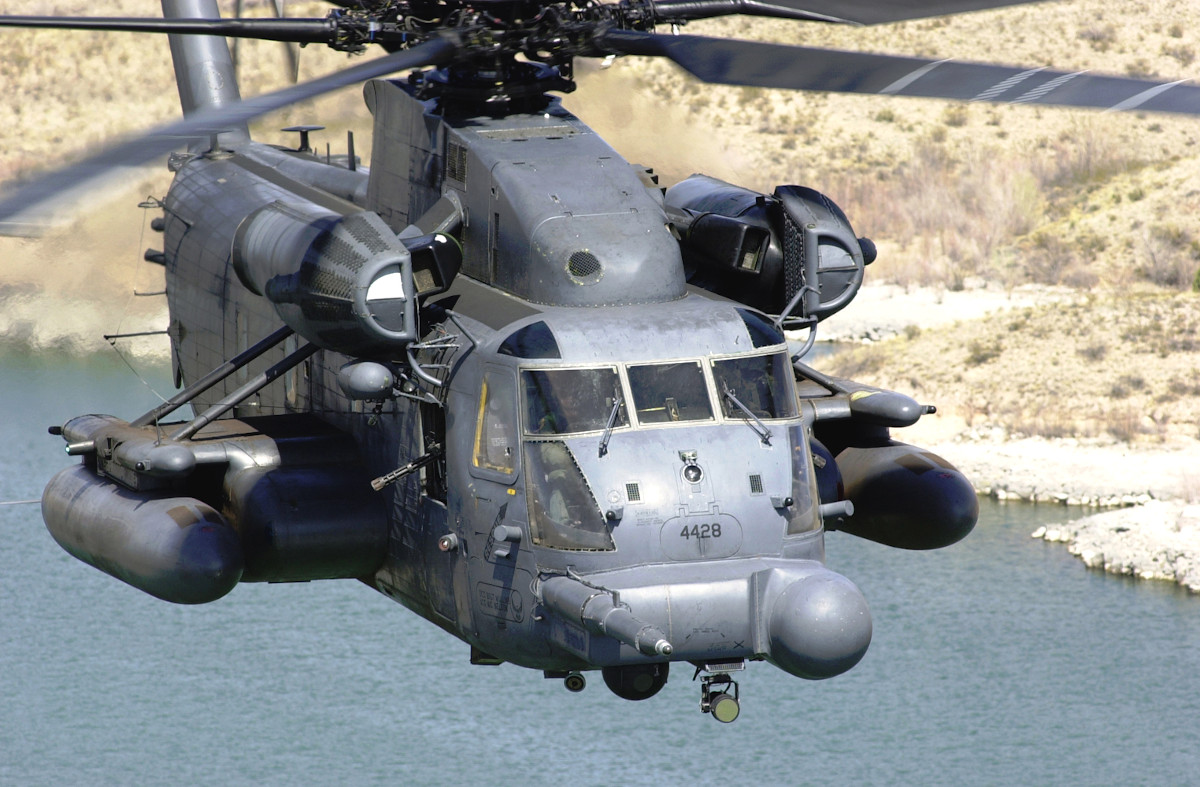The U.S. Air Force is set to reveal the official nickname for its new MH-139A light utility helicopters at a ceremony later this week. However, it appeared briefly earlier today that an official Tweet from Air Force Global Strike Command, which is set to be the primary user of these helicopters, employing them to guard America’s missile silos, had let the moniker slip out early.
Air Force Global Strike Command’s (AFGSC) Twitter account made the post teasing the naming ceremony, which will also mark the delivery of the first MH-139A to the Command on Dec. 16, 2019. This event is scheduled to take place at Duke Field in Florida on Dec. 19. There, AFGSC, Detachment 7 will become responsible for the initial operational test and evaluation of the helicopters.
AFGSC’s Tweet included the hashtag “#Striker” in its Tweet. This seemed distinct and more nickname-like than the other tags that focused on the helicopters attributes – “#Faster” and “#Smarter” – and other common U.S. military buzzwords – “#Lethality,” “#Innovation,” and “#Modernization” – which quickly prompted speculation that this might be its new name.
As it turns out, “Striker” is how the Command refers to personnel assigned to it and not the MH-139A’s nickname, an AFGSC public affairs officer told The War Zone in an Email. This is similar to how Air Force Special Operations Command (AFSOC) talks about its airmen and women as “Commandos.”
AFGSC is set to be the largest single operator of the MH-139A, with the helicopters supporting Security Forces personnel tasked with guarding missile silos and other infrastructure related to the United States’ nuclear-armed intercontinental ballistic missile (ICBM) force across Colorado, Montana, Nebraska, and North Dakota. The Air Force District of Washington, Air Education and Training Command, Air Force Materiel Command, and Pacific Air Forces, will also receive examples for a variety of VIP support, local base rescue, disaster relief, training, and other support missions. You can read about more in this past War Zone story.
Boeing, in partnership with Italian defense contractor Leonardo, won the contract worth up to $2.8 billion to supply a replacement for the Air Force’s fleet of aging UH-1N Twin Huey helicopters in September 2018. The Air Force plans to eventually purchase up to 84 MH-139As, which are variants of Leonardo’s AW139.

Striker certainly sounded like a plausible nickname, perhaps even more so given that it has this existing connotation within the Command. It is also, in very broad strokes, similar to Raider, which the Air Force chose for the B-21 stealth bomber in 2016 following an internal poll that saw thousands of submissions. This was the last time the service had to name an aircraft or helicopter that AFGSC would be the primary operator of, indicating that there may be a trend of sorts forming within the command.
The Raider name for the B-21 was also a specific reference to the famous Doolittle Raiders, who conducted the first airstrikes on Japan’s Home Islands during World War II. In September, the Air Force also gave the name Red Hawk to its future T-7A jet trainers for Air Education and Training Command, a very different kind of name that also made a direct World War II reference, in this case to the legendary African-American Tuskegee Airmen. Another World War II-related moniker is definitely one possibility.

It will be very interesting to see what nickname the Air Force ultimately chooses for the MH-139A, as it also represents one of, if not the first helicopter that has been entirely unique to the Air Force, at least for the time being. This means that the service does not have an existing name or naming convention to immediately refer to.
For example, the UH-1N’s official nickname, Iroquois, comes from the Army, which names all of its aircraft and helicopters after Native American tribes and notable figures, with tribal consent. It’s unofficial nickname, Twin Huey, also traces back to the Army’s original designation for the first helicopter in this iconic family, the HU-1A, or Huey. The N variant, also known as the Bell 212, was the first production model in the line to feature a twin-engine configuration.

In the past, when the Air Force has not simply used the name another service has previously applied when adopting a new helicopter, it has typically chosen the name of the developmental program that led to its particular variant. Good examples of this are the HH-60G Pave Hawk rescue helicopter, a version of of the UH-60 Black Hawk that the Army was first to adopt, and the now-retired MH-53E/H/J Pave Low series of special operations helicopters, derived from Sikorsky’s CH-53 Sea Stallions that first entered service with the U.S. Marine Corps and Navy.

It’s possible that Pave Hawk may get recycled in some fashion for the Air Force’s new HH-60W Combat Rescue Helicopter (CRH), which also has yet to receive an official nickname. Pave Hawk II or another variation on the “Hawk” theme would make sense in this case given that the W model is derived from the latest variant of the Black Hawk, the UH-60M.

Of course, no matter what the helicopter’s official nickname turns out to be, there’s still no guarantee that will be the name that its pilots and crews actually use, either.
Contact the author: joe@thedrive.com
